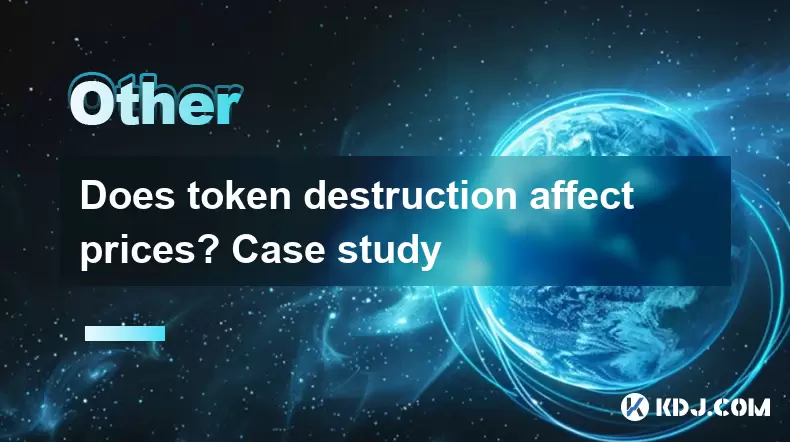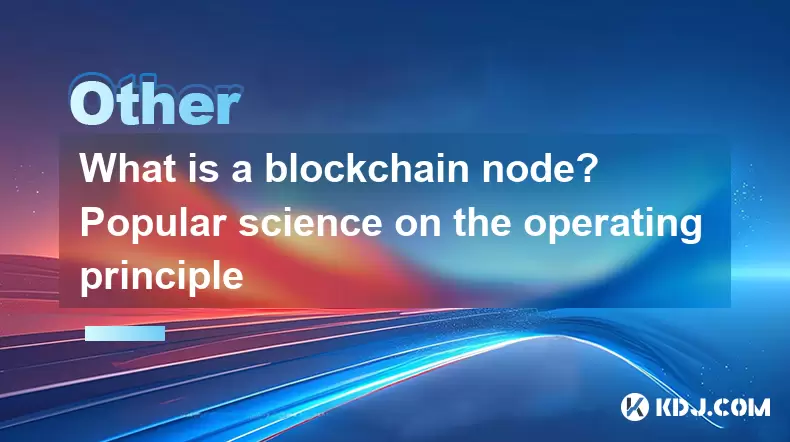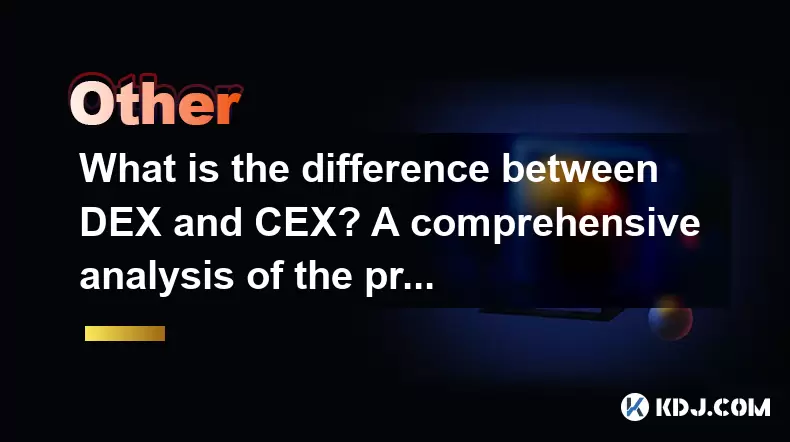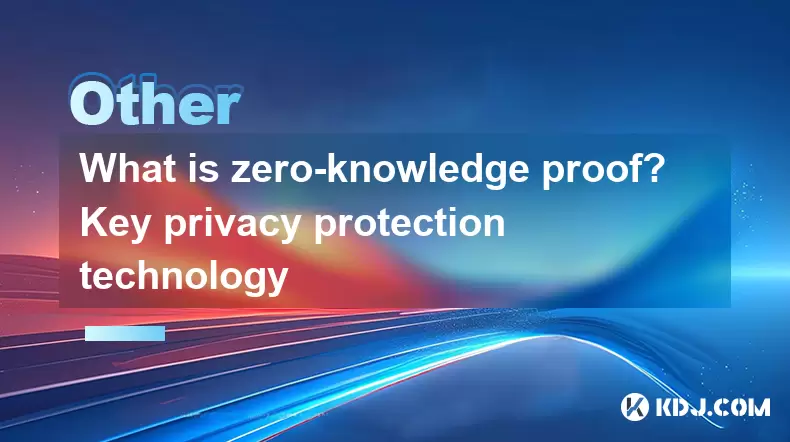-
 Bitcoin
Bitcoin $120400
1.77% -
 Ethereum
Ethereum $3615
7.90% -
 XRP
XRP $3.580
17.84% -
 Tether USDt
Tether USDt $1.001
0.06% -
 BNB
BNB $729.4
1.25% -
 Solana
Solana $179.9
5.04% -
 USDC
USDC $0.0000
0.01% -
 Dogecoin
Dogecoin $0.2311
8.22% -
 TRON
TRON $0.3226
4.04% -
 Cardano
Cardano $0.8490
12.85% -
 Hyperliquid
Hyperliquid $46.45
0.72% -
 Stellar
Stellar $0.4913
8.54% -
 Sui
Sui $4.027
2.00% -
 Chainlink
Chainlink $18.51
11.67% -
 Hedera
Hedera $0.2818
21.51% -
 Avalanche
Avalanche $24.03
7.40% -
 Bitcoin Cash
Bitcoin Cash $508.5
2.90% -
 Shiba Inu
Shiba Inu $0.00001496
3.24% -
 UNUS SED LEO
UNUS SED LEO $8.961
1.83% -
 Toncoin
Toncoin $3.264
3.13% -
 Litecoin
Litecoin $104.6
8.15% -
 Polkadot
Polkadot $4.389
6.11% -
 Uniswap
Uniswap $9.924
10.63% -
 Monero
Monero $337.9
0.49% -
 Pepe
Pepe $0.00001376
2.79% -
 Bitget Token
Bitget Token $4.830
2.46% -
 Ethena USDe
Ethena USDe $1.001
0.05% -
 Dai
Dai $1.000
0.02% -
 Aave
Aave $325.2
1.66% -
 Bittensor
Bittensor $423.7
-0.85%
How does sidechain technology in blockchain extend the main chain function?
Sidechains alleviate blockchain scalability, enhance privacy via confidential transactions, and enable innovation through secure, two-way communication with the main chain, fostering a more efficient and adaptable ecosystem.
Mar 04, 2025 at 10:06 pm

How Does Sidechain Technology in Blockchain Extend Main Chain Function?
Key Points:
- Sidechains alleviate scalability issues on the main blockchain by offloading transactions.
- They enhance privacy by enabling confidential transactions away from the main chain's public ledger.
- Sidechains foster innovation by allowing for experimentation with new features and consensus mechanisms without jeopardizing the main chain's security.
- Interoperability is enhanced through secure two-way communication between the main chain and sidechains.
- They offer specialized functionalities tailored to specific applications, improving efficiency and customization.
Understanding Sidechain Technology and its Extension of Main Chain Function:
Sidechains are independent blockchains that are linked to a main blockchain (like Bitcoin or Ethereum). They offer a powerful way to extend the functionality and capabilities of the main chain without compromising its security or decentralization. This is achieved through a secure two-way peg mechanism, allowing assets to be transferred between the main chain and the sidechain. Let's explore how sidechains achieve this extension in detail:
- Alleviating Scalability Issues: Main blockchains, especially popular ones like Bitcoin and Ethereum, often suffer from scalability problems. The number of transactions they can process per second is limited by factors like block size and network bandwidth. This leads to congestion, increased transaction fees, and slower confirmation times. Sidechains provide a solution by acting as parallel processing units. Transactions that don't require the security guarantees of the main chain can be processed on the sidechain, significantly reducing the load on the main chain. For example, a sidechain could be designed to handle high-volume microtransactions, freeing up the main chain to focus on more complex or high-value transactions. The architecture allows for the main chain to maintain its security and decentralization while handling a manageable transaction load, while the sidechain handles the bulk of less critical transactions. This scalability solution allows for a significant increase in the overall transaction throughput of the entire system without compromising the security of the main blockchain. The design and implementation of the sidechain, including its consensus mechanism and block size, are tailored to optimize for high throughput, minimizing latency and maximizing efficiency. This allows for a flexible approach to scaling, where the sidechain can be adjusted to meet the specific needs of the application.
- Enhancing Privacy: Many blockchain transactions are publicly visible on the main chain's ledger. While transparency is a desirable feature for many applications, there are instances where privacy is paramount. Sidechains can be designed to offer enhanced privacy features. For instance, a sidechain could utilize privacy-enhancing technologies like zero-knowledge proofs or confidential transactions, allowing users to transfer assets without revealing the transaction details to the public. This is particularly useful for applications requiring confidential financial transactions or sensitive data handling. The sidechain can be configured to operate with a different level of transparency than the main chain, allowing for a balance between the need for transparency and the need for privacy, based on the specific requirements of the application. The design of the sidechain's privacy mechanisms is crucial, ensuring that the privacy enhancements do not compromise the security and integrity of the overall system. This requires careful consideration of cryptographic techniques and their implementation within the sidechain's architecture.
- Facilitating Innovation: The development and implementation of new features or upgrades on a main blockchain can be a complex and time-consuming process, often requiring consensus among a large number of stakeholders. Sidechains provide a sandbox environment for experimentation. Developers can build and test new features, consensus mechanisms, or smart contract functionalities on a sidechain without risking the stability or security of the main chain. If a new feature proves successful, it can then be integrated into the main chain. This approach allows for faster iteration cycles and minimizes the risk associated with deploying new technologies on a production blockchain. The ability to experiment with different parameters and settings on a sidechain allows for a more robust and efficient main chain in the long run. The sidechain acts as a proving ground for innovations, providing valuable insights and feedback that can inform the future development of the main blockchain. This fosters a dynamic and innovative ecosystem around the main chain, encouraging continuous improvement and adaptation.
- Improving Interoperability: Interoperability, the ability for different blockchains to communicate and exchange information, is a critical aspect of the blockchain ecosystem. Sidechains facilitate interoperability by enabling secure communication between the main chain and other blockchains. This is achieved through the two-way peg mechanism, allowing assets to be transferred between the main chain and the sidechain. Furthermore, sidechains can be designed to interact with other sidechains or even entirely different blockchain platforms, creating a more interconnected and collaborative blockchain ecosystem. This interoperability is essential for the wider adoption and utility of blockchain technology, allowing different systems to work together seamlessly. The ability to transfer assets and data between different chains allows for a more fluid and efficient use of blockchain technology across various applications and industries.
- Offering Specialized Functionalities: Sidechains can be tailored to support specific applications or functionalities that may not be suitable for the main chain. For example, a sidechain could be designed to handle specific types of transactions, such as payments, supply chain management, or decentralized finance (DeFi) applications. This specialization allows for optimization of the sidechain's architecture and consensus mechanism for the specific needs of the application, leading to improved efficiency and performance. The ability to customize the sidechain allows for a more focused and efficient solution for specific use cases, maximizing the potential of blockchain technology within different contexts. This specialization also allows for a more scalable and adaptable blockchain ecosystem, as different sidechains can be designed to handle different workloads and demands, creating a more robust and resilient system overall.
FAQs:
Q: What is the difference between a sidechain and a layer-2 solution?
A: While both sidechains and layer-2 solutions aim to improve scalability, they differ significantly in their architecture and implementation. Layer-2 solutions operate on top of the main chain, relying on the main chain for security. Sidechains are separate blockchains linked to the main chain through a two-way peg. This means sidechains have their own independent security and consensus mechanisms, offering greater flexibility but potentially sacrificing some security guarantees compared to layer-2 solutions.
Q: How secure are sidechains?
A: The security of a sidechain depends on its design and implementation. A poorly designed sidechain could be vulnerable to attacks. The security of the two-way peg mechanism is critical. A robust peg mechanism ensures that assets transferred between the main chain and the sidechain are secure and cannot be duplicated or stolen. The choice of consensus mechanism also plays a crucial role in the security of the sidechain.
Q: What are the limitations of sidechain technology?
A: Sidechains are not a panacea for all blockchain scalability challenges. The complexity of implementing and maintaining a sidechain can be high. The security of the two-way peg mechanism is crucial, and any vulnerabilities in the peg could compromise the security of the entire system. Furthermore, the need for a secure and reliable communication channel between the main chain and the sidechain adds complexity.
Q: What are some examples of sidechains in use?
A: Several projects utilize sidechain technology. While specific examples are constantly evolving and new projects emerge, researching projects focusing on scalability solutions and examining their architecture will reveal various implementations of sidechain technology. The specific use cases and implementations of sidechains will vary widely depending on the requirements of the application and the goals of the project.
Q: How does the two-way peg mechanism work?
A: The two-way peg is a crucial component of sidechain technology. It enables the secure transfer of assets between the main chain and the sidechain. This typically involves locking assets on the main chain, which then triggers the creation of equivalent assets on the sidechain. The reverse process is also possible, allowing assets to be transferred back to the main chain after they are locked on the sidechain. The specifics of the peg mechanism vary depending on the implementation, but the core principle is to ensure the secure and verifiable transfer of assets between the two chains. The security and reliability of this mechanism are crucial for the overall security and functionality of the sidechain. A compromised peg could lead to significant security risks and potential loss of funds. Therefore, the design and implementation of the peg mechanism require careful consideration and rigorous security audits.
Disclaimer:info@kdj.com
The information provided is not trading advice. kdj.com does not assume any responsibility for any investments made based on the information provided in this article. Cryptocurrencies are highly volatile and it is highly recommended that you invest with caution after thorough research!
If you believe that the content used on this website infringes your copyright, please contact us immediately (info@kdj.com) and we will delete it promptly.
- Bitcoin, MSTR & Saylor's Strategy: A Winning Trifecta?
- 2025-07-18 08:30:13
- Bitcoin Mortgages Down Under: A New Wave in Australian Homeownership?
- 2025-07-18 08:50:12
- Cryptocurrencies, Bitcoin, and the Next Wave: What's Coming?
- 2025-07-18 08:50:12
- Maharashtra Government Nurses Launch Indefinite Strike: A Healthcare Crisis?
- 2025-07-18 04:30:13
- Hilbert Group, Syntetika, and Tokenization: Bridging DeFi and Institutional Finance
- 2025-07-18 05:30:12
- Crypto Regulation in the US House: Decoding the CLARITY Act and What It Means for You
- 2025-07-18 04:30:13
Related knowledge

What is an oracle in blockchain? Detailed explanation of its role
Jun 21,2025 at 06:14am
Understanding the Concept of an Oracle in BlockchainIn the realm of blockchain technology, an oracle is a trusted third-party service that connects sm...

Does token destruction affect prices? Case study
Jun 22,2025 at 02:50am
Understanding Token DestructionToken destruction, commonly referred to as token burning, is a process where a portion of cryptocurrency tokens is perm...

What is a blockchain node? Popular science on the operating principle
Jun 22,2025 at 11:00pm
Understanding the Basics of a Blockchain NodeA blockchain node is essentially a computer connected to a blockchain network that participates in valida...

What is the difference between DEX and CEX? A comprehensive analysis of the pros and cons
Jun 24,2025 at 09:42am
What is a DEX (Decentralized Exchange)?A DEX, or Decentralized Exchange, operates without a central authority. Unlike traditional platforms, DEXs allo...

What is zero-knowledge proof? Key privacy protection technology
Jun 22,2025 at 07:29pm
Understanding Zero-Knowledge ProofZero-knowledge proof (ZKP) is a cryptographic method that allows one party to prove to another party that they know ...

What can a blockchain browser check? A practical function guide
Jun 20,2025 at 07:35pm
Understanding the Role of a Blockchain BrowserA blockchain browser serves as a powerful tool for anyone interacting with blockchain networks. It allow...

What is an oracle in blockchain? Detailed explanation of its role
Jun 21,2025 at 06:14am
Understanding the Concept of an Oracle in BlockchainIn the realm of blockchain technology, an oracle is a trusted third-party service that connects sm...

Does token destruction affect prices? Case study
Jun 22,2025 at 02:50am
Understanding Token DestructionToken destruction, commonly referred to as token burning, is a process where a portion of cryptocurrency tokens is perm...

What is a blockchain node? Popular science on the operating principle
Jun 22,2025 at 11:00pm
Understanding the Basics of a Blockchain NodeA blockchain node is essentially a computer connected to a blockchain network that participates in valida...

What is the difference between DEX and CEX? A comprehensive analysis of the pros and cons
Jun 24,2025 at 09:42am
What is a DEX (Decentralized Exchange)?A DEX, or Decentralized Exchange, operates without a central authority. Unlike traditional platforms, DEXs allo...

What is zero-knowledge proof? Key privacy protection technology
Jun 22,2025 at 07:29pm
Understanding Zero-Knowledge ProofZero-knowledge proof (ZKP) is a cryptographic method that allows one party to prove to another party that they know ...

What can a blockchain browser check? A practical function guide
Jun 20,2025 at 07:35pm
Understanding the Role of a Blockchain BrowserA blockchain browser serves as a powerful tool for anyone interacting with blockchain networks. It allow...
See all articles

























































































